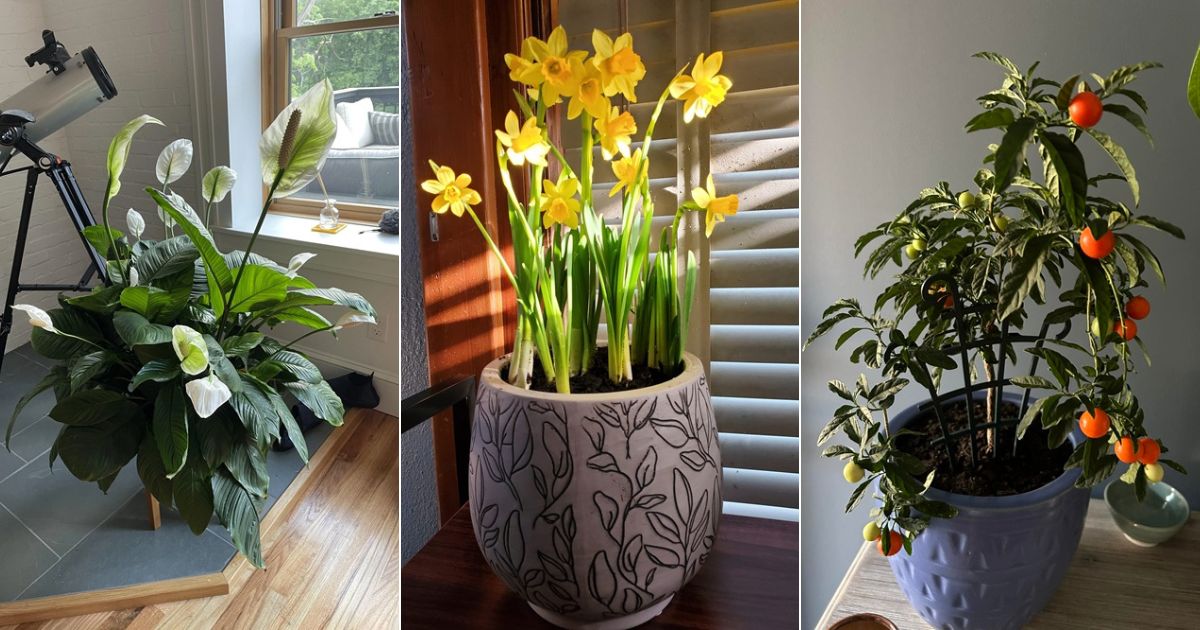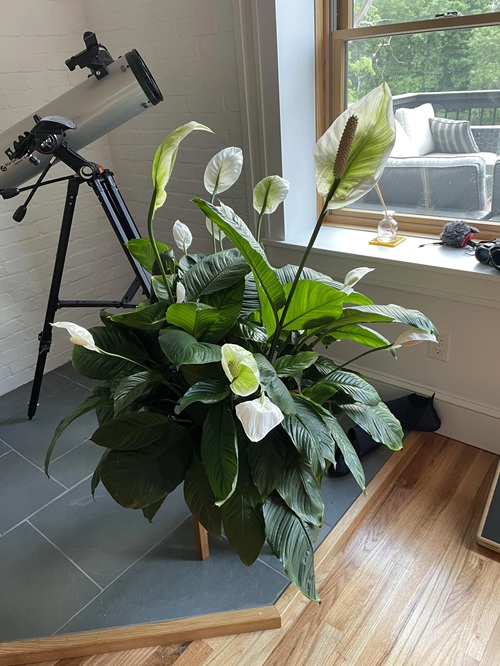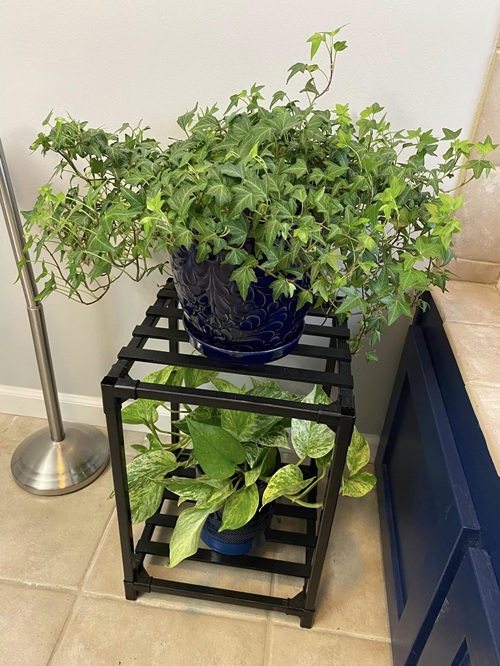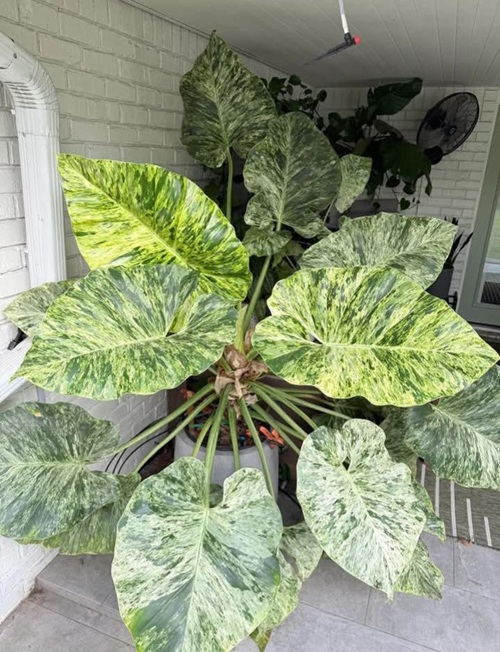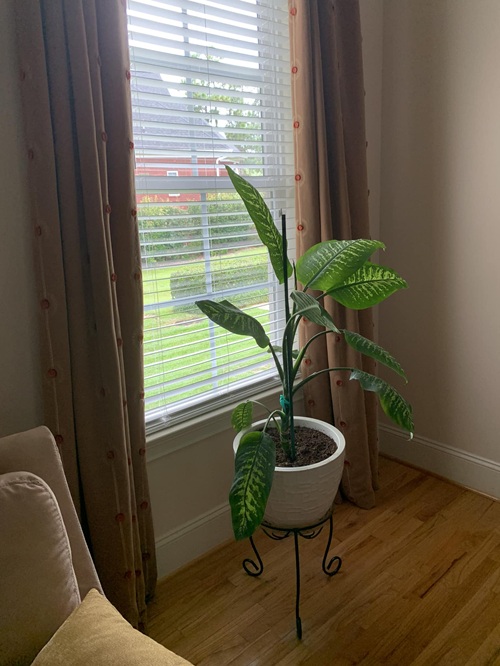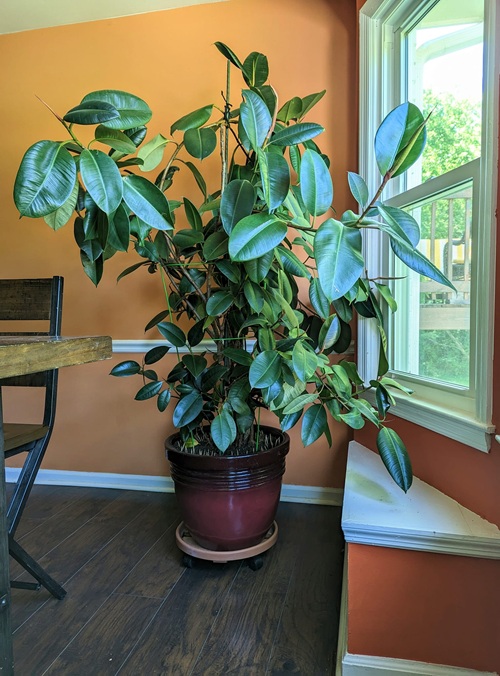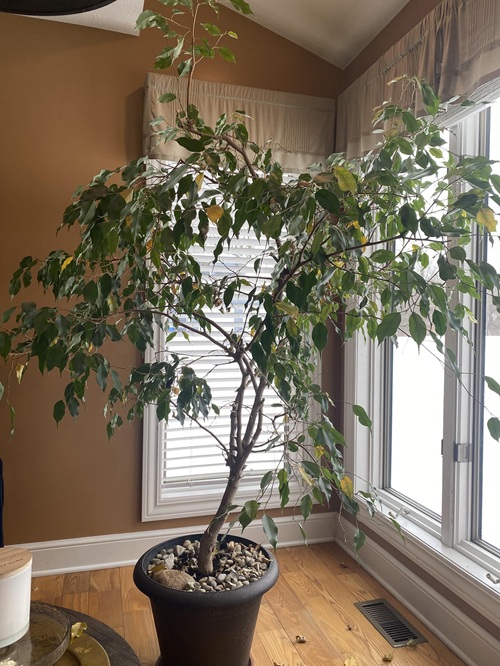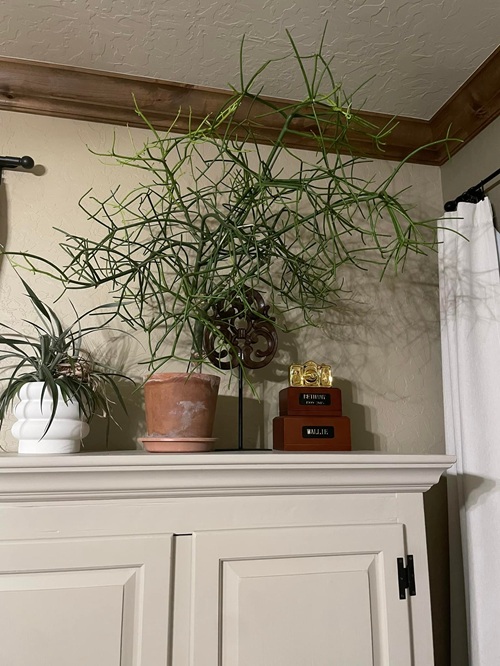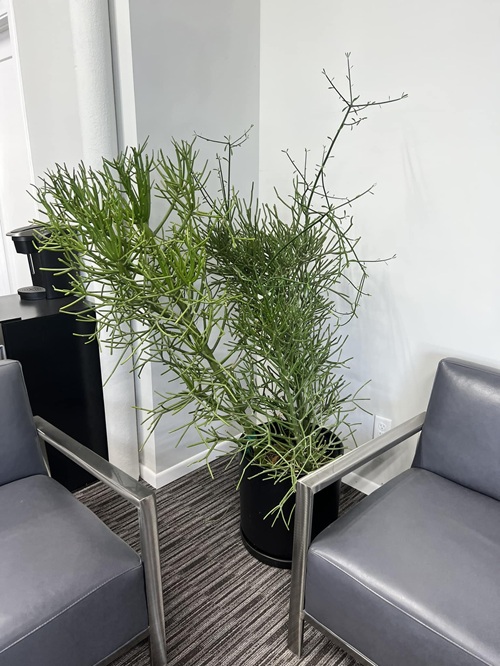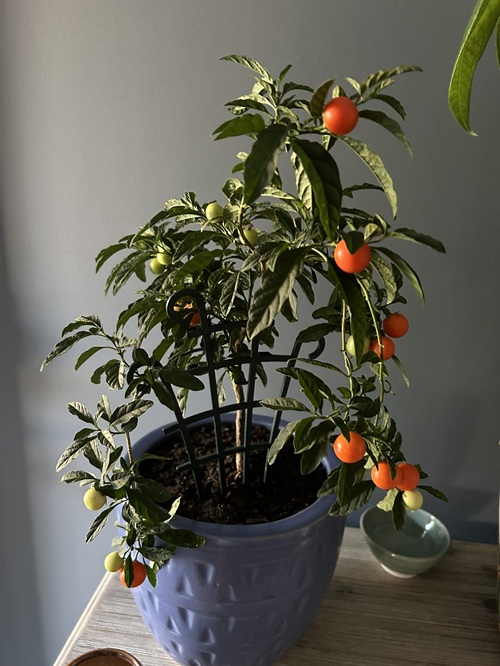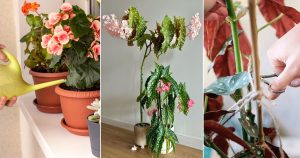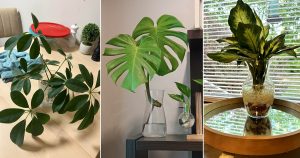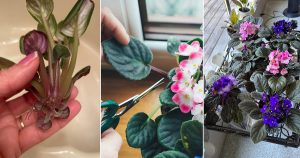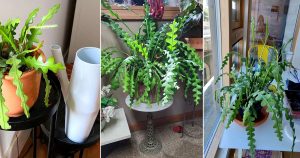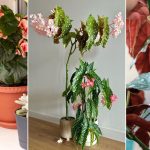Some houseplants are harmful if touched or eaten. Learn which toxic plants to avoid to keep your home safe and healthy.
Some of the most famous houseplants are surprisingly toxic. They were chosen not for their suitability as a snack for pets and small children, but for their ability to thrive in a year-round climate of 50 to 70 degrees Fahrenheit. That’s why many houseplants are tropical plants that come from the jungles of South America and Africa.
The poinsettia, one of the most reviled indoor plants, is not nearly as toxic as its reputation would lead one to believe. As a member of the Euphorbiaceae family, the sap is mildly irritating, but that is the extent of it. While the poinsettia gets plenty of bad press around the holidays, many other houseplants escape notice despite their more toxic qualities.
Toxic Houseplants
1. Peace lily (Spathiphyllum cv.)
A South American plant with simple white flowers that resemble calla lilies. In 2005, more people called poison control centers about possible peace lily poisoning than about any other plant. (This may have more to do with how popular the plant is than how poisonous it is.) The plant contains calcium oxalate crystals that can bring on skin irritation, burning of the mouth, difficulty swallowing, and nausea.
2. English ivy (Hedera helix)
This ubiquitous European vine grows outdoors as a ground cover but is also one of the most popular indoor potted plants. The berries are bitter enough to discourage people from eating them, but they could cause severe gastrointestinal problems and possibly delirium or respiratory problems. Sap from the leaves can cause severe skin irritation and blisters.
3. Philodendron (Philodendron spp.)
An ivy-like plant native to South America and the West Indies. All parts of the plant contain calcium oxalates. Nibbling on a leaf might only bring about mild burning in the mouth or a slight nausea, but ingesting it could lead to severe abdominal pain, and repeated skin contact might cause serious allergic reactions. Poison control centers in the United States received over sixteen hundred calls in 2006 related to philodendron poisoning.
4. Dieffenbachia or dumb cane, Dieffenbachia spp.
A tropical South American plant well known for its ability to temporarily inflame vocal cords, leaving people unable to speak. Some species are believed to have been used as arrow poison in combination with other plants. Most poisonings involve severe irritation of the mouth and throat, swelling of the tongue and face, and stomach problems. The sap is also irritating to the skin and can cause light sensitivity and pain if it gets in the eyes.
5. Ficus tree and rubber tree, Ficus benjamina, F. elastica
These two indoor trees are closely related species in the mulberry family. The latex from these plants can provoke severe allergic reactions. One case history describes a woman who developed anaphylactic shock and other frightening symptoms that disappeared promptly after her ficus tree was removed from her home.
6. Pencil cactus or milkbush, Euphorbia tirucalli
This African plant is actually not a cactus, but it gets its name from the long, skinny stems that resemble a succulent. Pencil cactus has become popular in modern interior design for its striking, architectural shape. But like other euphorbia, it produces a corrosive sap that causes severe rashes and eye irritation. It requires some pruning to keep it down to a reasonable size indoors, and gardeners are often surprised that a single pruning session can bring on such a painful reaction.
7. Jerusalem cherry or Christmas cherry, Solanum pseudocapsicum
Often sold as an ornamental pepper plant, it is actually more closely related to deadly nightshade. All parts of the plant contain an alkaloid that can bring on weakness, drowsiness, nausea and vomiting, and heart problems.
8. Easter Lily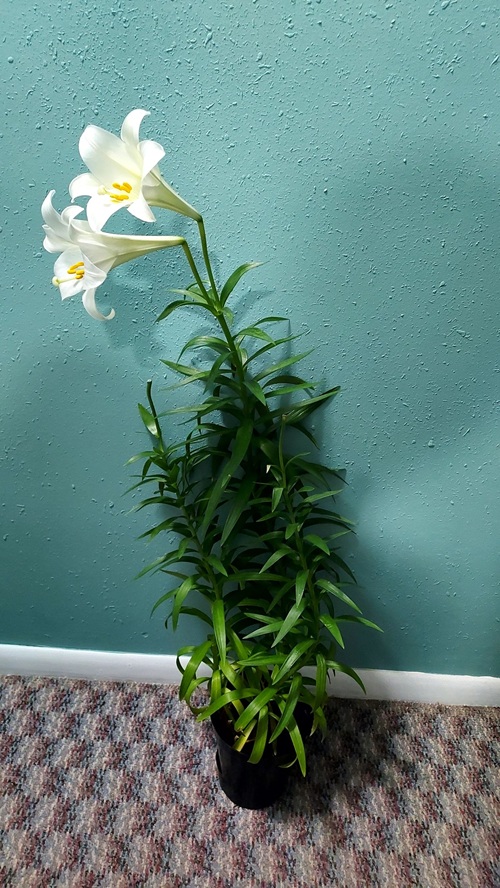
The Easter lily has a strong, sweet smell and beautiful, pure white flowers. But this plant is very dangerous for cats. Even a small bite of any part of the Easter lily can cause serious kidney problems in cats, and it can even lead to death if not treated by a vet within 18 hours. The yellow pollen is also harmful to cats, so it’s a good idea to remove the stamens as soon as the flowers open. Easter lilies are not poisonous to children.
9. Daffodils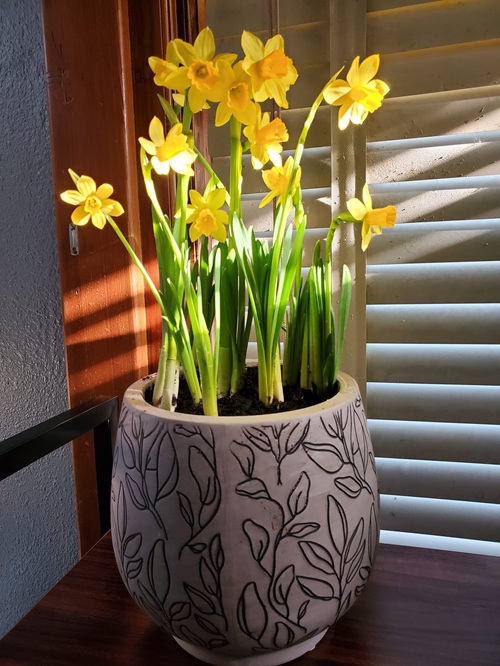
If you want to grow spring bulbs indoors, like hyacinths and daffodils, be careful—these plants are poisonous if eaten by people or pets. The bulbs look like onions or shallots, but eating them can cause bad stomach pain, high blood pressure, irregular heartbeat, or even death. To stay safe, keep daffodils on a high shelf or try growing them in a closed terrarium where no one can reach them.
10. Sago Palm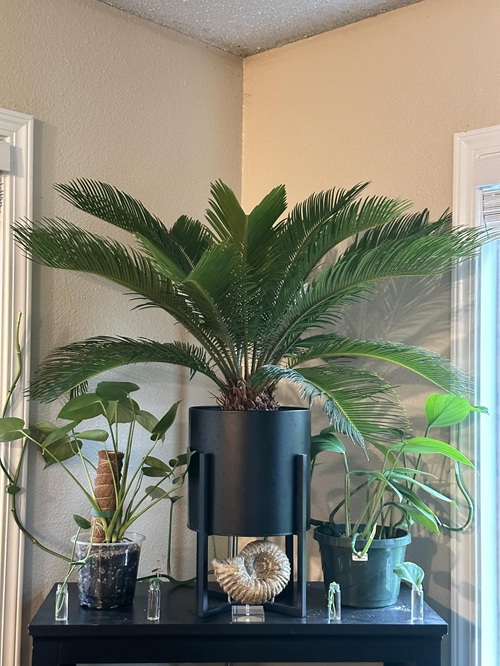
Give your home a tropical feel with a small sago palm. This plant is one of the oldest plants on earth, and it might have survived so long because animals don’t eat it. All parts of the sago palm, including the seeds and roots, are poisonous. If eaten, it can cause vomiting, diarrhea, and even liver failure.

